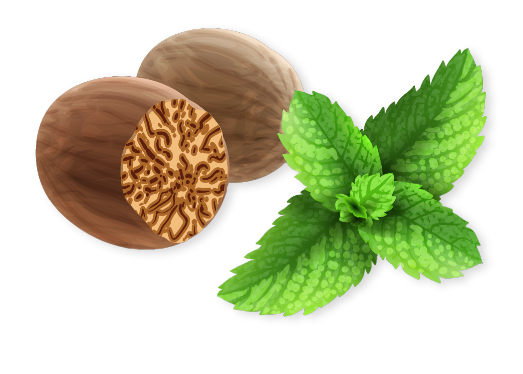Fatty Liver and Liver Cirrhosis
Thursday, January 25, 2024Fatty liver disease and liver cirrhosis are two stages in the spectrum of liver disease, each with its implications and management strategies. Understanding the progression from fatty liver to liver cirrhosis is crucial for effective prevention and treatment. This article delves into the characteristics, causes, and management of both conditions, highlighting the importance of early intervention.
Key Symptoms of Fatty Liver Disease
- Fatigue and weakness
- Discomfort or pain in the upper right abdomen
- Unexplained weight loss or gain
- Increased liver enzymes (detected through blood tests)
The Transition to Liver Cirrhosis
When left untreated, fatty liver disease can progress to liver cirrhosis. Cirrhosis is the late stage of liver scarring (fibrosis) caused by various forms of liver diseases and conditions, including NAFLD and AFLD.
Recognizing Liver Cirrhosis
- Jaundice (yellowing of the skin and eyes)
- Easy bruising and bleeding
- Swelling in the legs, ankles, or abdomen
- Persistent fatigue
- Nausea and loss of appetite
Risk Factors
Understanding the risk factors is critical in both prevention and management:
- Excessive Alcohol Consumption: Major risk factor for AFLD and cirrhosis.
- Obesity: Closely linked with NAFLD.
- Type 2 Diabetes: Increases the risk of NAFLD and its progression.
- High Cholesterol and Triglycerides: Common in individuals with fatty liver disease.
Diagnosis and Treatment
The diagnosis of fatty liver and liver cirrhosis involves several methods:
- Blood Tests: To check liver function and detect inflammation.
- Imaging Tests: Such as ultrasound, CT scan, or MRI.
- Liver Biopsy: To confirm the diagnosis and assess the stage of liver damage.
Treatment Strategies
- Lifestyle Changes: Including weight loss, healthy diet, and regular exercise.
- Medication: To address underlying causes like diabetes or high cholesterol.
- Avoiding Alcohol: Critical for managing AFLD and preventing cirrhosis.
- Regular Monitoring: Ongoing assessments to track the progression of liver disease.
The Role of Diet in Managing Liver Health
Diet plays a significant role in the management of fatty liver and liver cirrhosis:
- Low-Fat Diet: Reduces the accumulation of fat in the liver.
- High-Fiber Foods: Such as fruits, vegetables, and whole grains.
- Limiting Salt Intake: To prevent fluid accumulation and swelling.
- Moderate Protein Intake: Essential for liver health but should be balanced, especially in cirrhosis.
Prevention and Early Intervention
Prevention is key in managing liver health:
- Regular Health Check-ups: Early detection through routine blood tests and physical examinations.
- Healthy Lifestyle Choices: Such as maintaining a healthy weight, eating a balanced diet, and avoiding excessive alcohol consumption.
- Vaccinations: For hepatitis A and B, as viral hepatitis can lead to cirrhosis.
When to Seek Medical Help
It’s essential to consult a healthcare professional if symptoms of liver disease are noticed, especially for individuals with risk factors for fatty liver or liver cirrhosis.
The progression from fatty liver to liver cirrhosis highlights the importance of early detection and lifestyle management in preserving liver health. Understanding the risk factors, symptoms, and treatment options is crucial for individuals at risk of or suffering from these conditions. Regular medical check-ups, a balanced diet, and a healthy lifestyle are fundamental in preventing and managing fatty liver disease and liver cirrhosis. Early intervention and proactive management can significantly improve outcomes and quality of life.
You can write to us.
BOOK APPOINTMENT



























